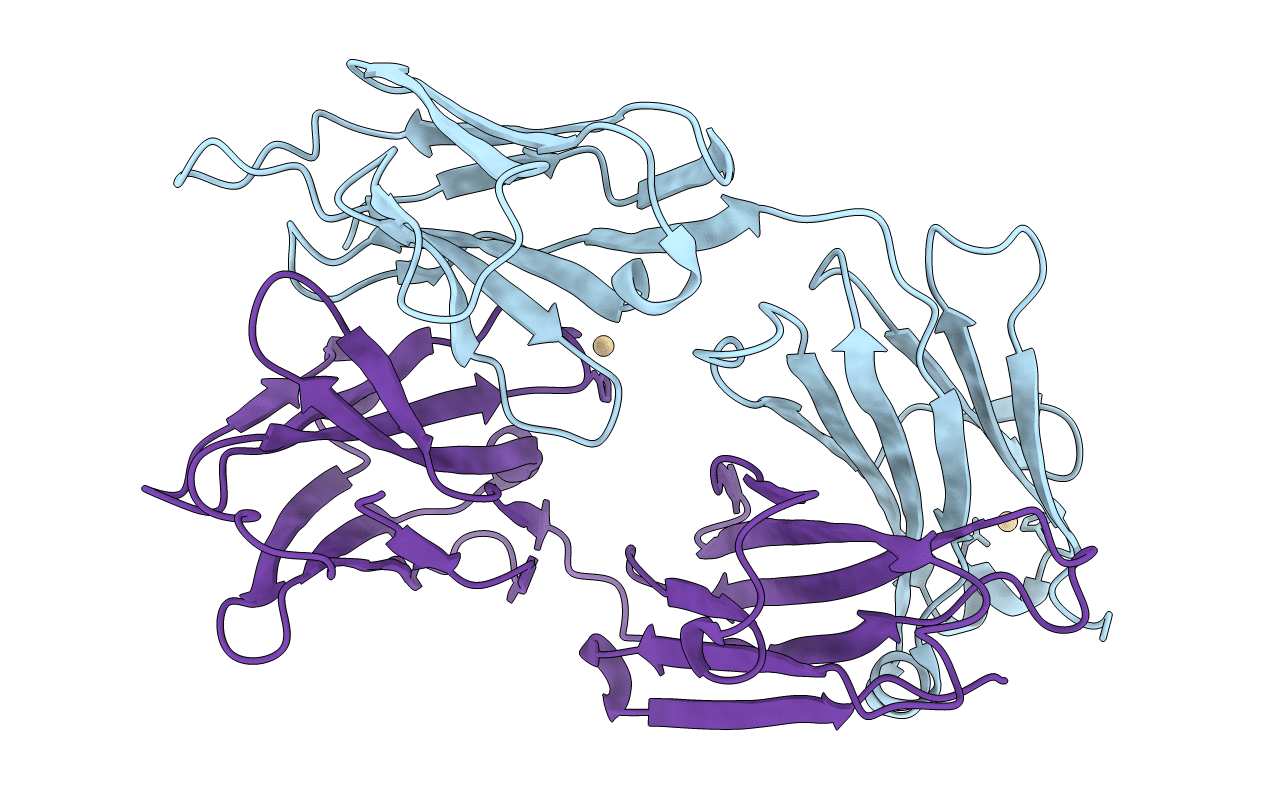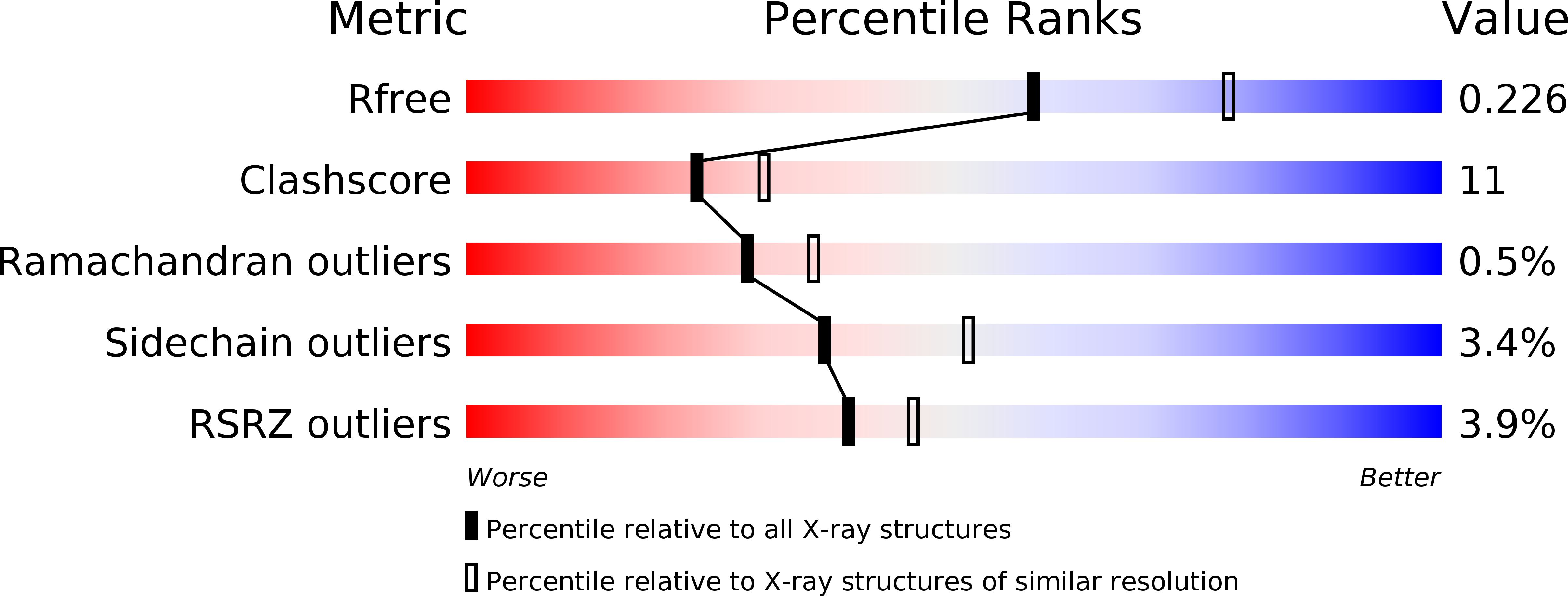
Deposition Date
2007-06-22
Release Date
2007-10-30
Last Version Date
2024-11-13
Method Details:
Experimental Method:
Resolution:
2.30 Å
R-Value Free:
0.22
R-Value Work:
0.19
R-Value Observed:
0.19
Space Group:
P 62


